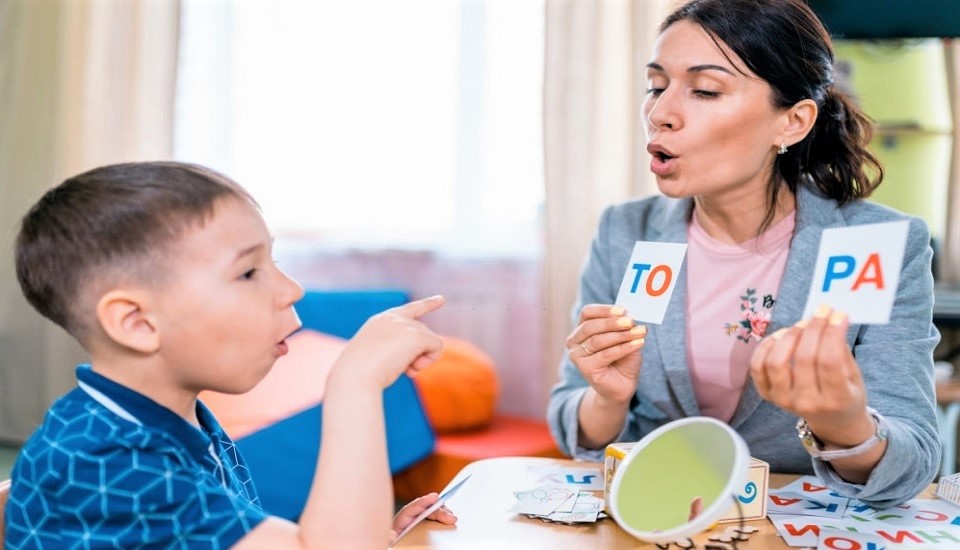Students with learning disabilities, in general, are at risk of low academic performance. And when it comes to English language learners with Learning disabilities (LD), the challenges to acquire English language literacy heightens adversely.
Supporting English Language Learners with Learning Disabilities seems more complex when both situations coexist. Language learning for non-natives in itself is influenced by a lot of overlapping factors. Oftentimes, ELL students receive incorrect diagnoses. To ensure students receive the right remedies, proper evaluations need to be made holistically.
How to recognize if any of your English Language Learner has Learning Disability?
If you suspect that any student might have learning disability, a proper evaluation must take place before coming to conclusion. Several factors such as native language and literacy skills, cultural factors, exposer to the English language, their education, family, and developmental history are very much relevant. A formal assessment is a must-have when it comes to diagnosing any possible LD learner.
In case any of your learners are experiencing difficulty in acquiring English as their communicative skills and if there is a repetitive pattern of low score or the learns seems to be always behind, find out answers to these questions:
- Is your learner always struggles in multiple subjects?
- Is your student just a beginner in learning English?
- Was there a delay in learning the native language?
- How is your learner’s phonemic awareness?
It is usually seen when a learner has specific language weakness such as phonemic awareness in the native language, it can result in a lack of accuracy in decoding sounds therefore word recognition. It majorly depends upon the nature of the native language as to how much influence does it have over phonological knowledge.
Avoid misdiagnosing…
Even after an evaluation, misdiagnosis is possible. Speech delays and language disorders are the two most overlapping issues that can manifest a misdiagnosis. Another important thing is mere disinterest does not signify learning difficulty. Oftentimes, students may be reluctant to learn English out of a lack of interest in the subject.
Signs which indicate you ELL student might not have learning disability ---
- When the learner’s overall performance in school is good.
- The learner can use (speaking, reading, and writing) the native language efficiently.
- Their struggle in learning English appears to be a new issue.
How to support the ones who have been diagnosed with Learning Disability?
When any ELL student has been diagnosed with learning disability, the framework of instruction strategies for English teaching needs to be carefully structured. While focusing on the specific instruction, Intervention on areas such as –
Explicit instruction on phonemic awareness, comprehension, developing English vocabulary. Supporting English Language Learners with Learning Disabilities must go hand in hand with special education supportive measures.
Few effective strategies to use ELL students with learning disabilities:
- Using peer-assisted learning to create a cooperative learning environment
- Utilizing shelter English techniques for comprehension lessons
- Using both formal as well as informal context to help students practice English speaking
- Use instruction that is relevant culturally and linguistically
- Use techniques that are research-based intervention
Above all, create positive learning environments for learners. It is imperative to make your learners feel comfortable in your classroom. Supporting students does not only imply helping them to learn English, it means you as the ESL teacher also need to make the learning space safe and accessible.
To sum it up, English language learners with learning disabilities need a classroom where the language teacher and the special education teacher work together in collaboration. Most importantly, we need to keep in mind single diagnosis method does not fit all. And to ensure English language learner with LD receives the right support, an early intervention strategy must be implemented, where the teacher can find out ways in helping the student with instruction strategies for English that fits right with the learner’s individual needs.
Alongside teachers, active involvement of parents can reflect blessings for the children to receive support that is sustainable. Special education program is a great source for both teachers and parents to create supportive and futuristic approach for English language learners with learning differences.
Written By : Sonal Agrawal








